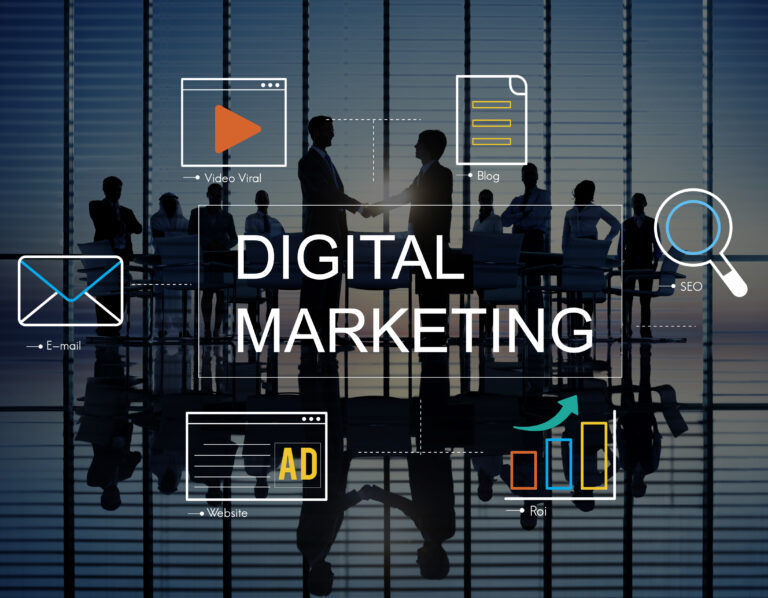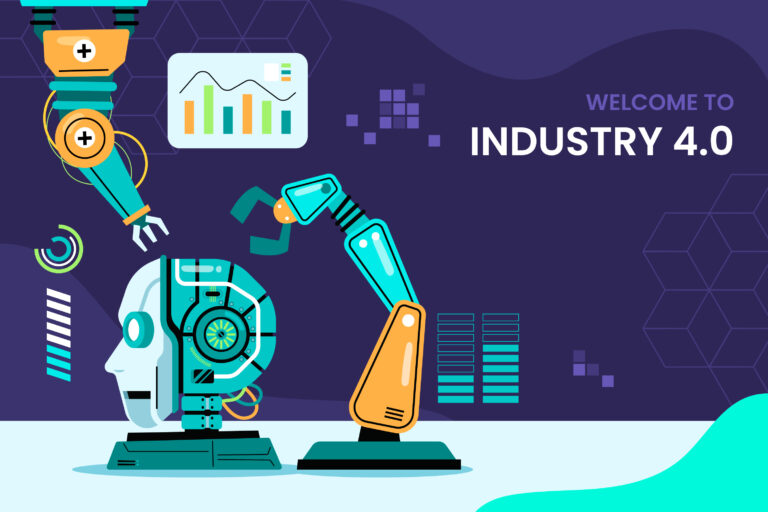The Role of Tech in Improving Public Health
Technology is playing a transformative role in public health, enhancing the ability to prevent, diagnose, and treat health issues on a large scale. From digital health records to telemedicine and wearable devices, tech innovations are improving accessibility, efficiency, and outcomes in public health. Here’s a look at how technology is revolutionizing public health.
Telemedicine and Remote Care
Telemedicine has significantly increased access to healthcare, particularly in underserved and remote areas.
Virtual Consultations
- Accessibility: Telemedicine allows patients to consult with healthcare providers without the need for physical visits, making healthcare more accessible to those in rural or underserved areas.
- Convenience: Virtual consultations save time and travel costs, providing a convenient option for follow-up appointments and routine check-ups.
Remote Monitoring
- Chronic Disease Management: Remote monitoring tools help manage chronic conditions such as diabetes, hypertension, and heart disease by transmitting real-time data to healthcare providers.
- Emergency Response: Wearable devices and remote monitoring systems can alert healthcare providers to emergencies, such as heart attacks or strokes, allowing for timely interventions.
Electronic Health Records (EHRs)
Electronic Health Records (EHRs) have streamlined the way patient information is stored and accessed, improving the quality and efficiency of care.
Integrated Patient Data
- Comprehensive Records: EHRs consolidate patient information from various healthcare providers, creating a comprehensive health record that is easily accessible.
- Improved Coordination: EHRs enhance coordination between healthcare providers, reducing the risk of errors and ensuring consistent care.
Data Analytics
- Predictive Analytics: Data from EHRs can be analyzed to identify trends and predict outbreaks of diseases, allowing for proactive public health responses.
- Personalized Care: Analytics can also help in creating personalized treatment plans based on individual health data and predictive models.
Wearable Technology and Health Apps
Wearable devices and health apps are empowering individuals to take charge of their health.
Fitness Trackers
Activity Monitoring: Devices like Fitbits and Apple Watches track physical activity, encouraging users to stay active and monitor their fitness levels.
Health Metrics: Wearables can measure vital signs such as heart rate, sleep patterns, and oxygen levels, providing valuable health insights.
Health Apps
- Chronic Disease Management: Apps for managing chronic diseases help patients track their symptoms, medication, and lifestyle changes, improving adherence to treatment plans.
- Mental Health Support: Mental health apps offer resources for managing stress, anxiety, and depression, providing accessible support for mental well-being.
Artificial Intelligence and Machine Learning
AI and machine learning are revolutionizing public health by enhancing diagnostics, treatment, and predictive analytics.
Enhanced Diagnostics
- Image Analysis: AI-powered tools can analyze medical images with high accuracy, aiding in the early detection of diseases such as cancer and diabetic retinopathy.
- Symptom Checkers: AI-based symptom checkers help patients understand potential health issues and guide them on whether to seek medical attention.
Predictive Analytics
- Epidemic Prediction: AI models can analyze vast amounts of data to predict the spread of infectious diseases, enabling timely public health interventions.
- Resource Allocation: Predictive analytics can optimize the allocation of medical resources, such as hospital beds and ventilators, during health crises.
Genomics and Personalized Medicine
Advances in genomics are paving the way for personalized medicine, allowing treatments to be tailored to individual genetic profiles.
Genetic Testing
- Risk Assessment: Genetic testing can identify individuals at risk for certain diseases, enabling preventive measures and early interventions.
- Treatment Optimization: Personalized treatment plans based on genetic information can improve the efficacy of treatments and reduce adverse effects.
Precision Medicine
- Targeted Therapies: Precision medicine uses genetic information to develop targeted therapies for conditions such as cancer, improving treatment outcomes.
- Drug Development: Genomic data accelerates drug discovery and development, leading to more effective and safer medications.
Mobile Health (mHealth)
Mobile health technologies are expanding the reach of public health initiatives, particularly in low-resource settings.
Health Education
- Information Dissemination: Mobile apps and SMS services provide health education and awareness, promoting healthy behaviors and preventive care.
- Behavioral Change: mHealth tools support behavior change interventions, such as smoking cessation and weight loss programs.
Data Collection
- Surveillance: Mobile technology facilitates real-time data collection for disease surveillance and monitoring, improving public health responses.
- Research: mHealth tools enhance data collection for public health research, enabling large-scale studies and community health assessments.
Conclusion Technology is profoundly improving public health by enhancing access to care, streamlining health records, empowering individuals with wearable devices and health apps, and leveraging AI for better diagnostics and predictive analytics. Advances in genomics and personalized medicine are paving the way for tailored treatments, while mobile health technologies expand the reach of public health initiatives. As technology continues to evolve, it will play an increasingly critical role in preventing disease, promoting health, and improving healthcare outcomes on a global scale. Embracing these innovations will be essential for building a healthier future for all.






